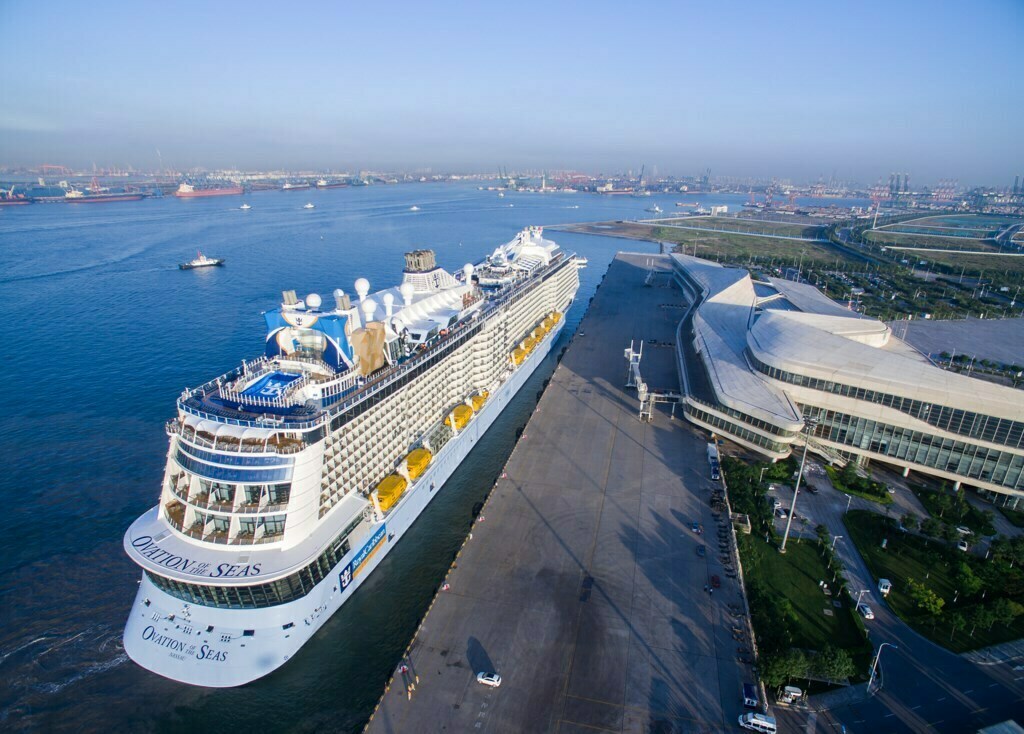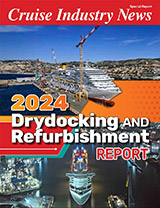With four berths, Tianjin expects around 800,000 passengers this year, and through the first six months of 2017, traffic was up some 102.4 percent.
Customs and border protection has been further refined, reducing clearance times to 10 seconds in some instances with automated terminals.
Earlier this year, the port signed a MOU with Costa to build a supply and distribution center, with Costa committing to year-round voyages from Tianjin through 2019.
Also of note, the MSC Lirica sailed from Tianjin in February, offering a new “Around China” itinerary with interporting in Zhoushan, Hong Kong and Xiamen, as well as calls to South Korea and Japan, according to Da Wu, vice general manager of Tianjin International Cruise Terminal.
Wu hopes his port will offer more diversified products, including cruises to nowhere, to attract new passengers
Zhengdong Zhang, general manager, added: “Similar to MSC’s model, we are exploring opening domestic routes to Dalian, Yantai, Qingdao, Rongcheng and Weihai, creating a product in which passengers only need their national identification card to travel.”
—
For insight and in-depth analysis of the Chinese cruise market, including profiles of all key and up and coming ports, download the 2018 China Market Report.
About the 2018 China Market Report
The 2018 China Market Report by Cruise Industry News is the only resource covering the future trajectory of the Chinese and Asia-Pacific cruise industry, presenting the past, present and future in a concise 95-plus page PDF download.
It is the only forward looking and independently-researched data available on the Chinese cruise market.
Cruise Industry News profiles all the major cruise lines operating in Asia, from Carnival Corporation to Royal Caribbean and local operators.
In addition, there are discussions with leading Chinese travel agents about the charter model and pricing trends, port news and updates from across the region, and a look at the fleet of ships in Asia through 2027.
There is also exclusive analysis and statistics of the Asia-Pacific market going back to 1998 and supply projections through 2027, in addition to a break-down of Asia-Pacific and China by operator and market capacity. Click here to learn more.





